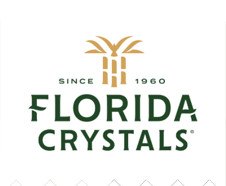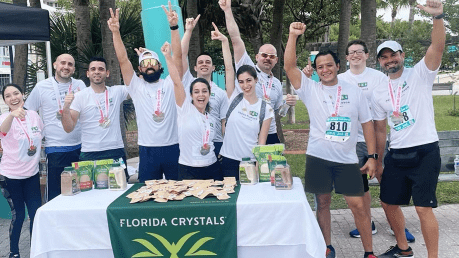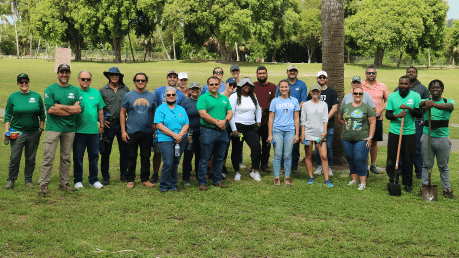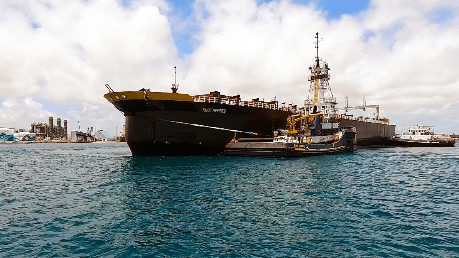
Sweet Sustainability: Florida Crystals Sugarcane Farm Committed to Reducing Waste
BELLE GLADE, Fla. — A Florida sugarcane farm is working to be the most sustainable in the United States.
Florida Crystals’ commitment to large-scale renewable energy production began in the early 1990s. The company grows most of its sugarcane in Belle Glade, Florida, and went from about 4,000 acres in the 1960s to now 190,000.
To help in their sustainable farming and operations for decades to come, the company implements certain practices to better treat their land that would in turn save money. Some investments included technology, animals, planting other crops and using leftover biomass to convert it into electricity.
To date, they are growing 10,000 acres of the only organic raw sugarcane grown in the U.S.
“We have to be sustainable in every aspect of the process,” said Diego Luzuriaga, Florida Crystals’ vice president of research and development. “What do we do to be good stewards of the land, the water and all the resources that we have, and to be able to produce food while respecting everything that we have around us?”
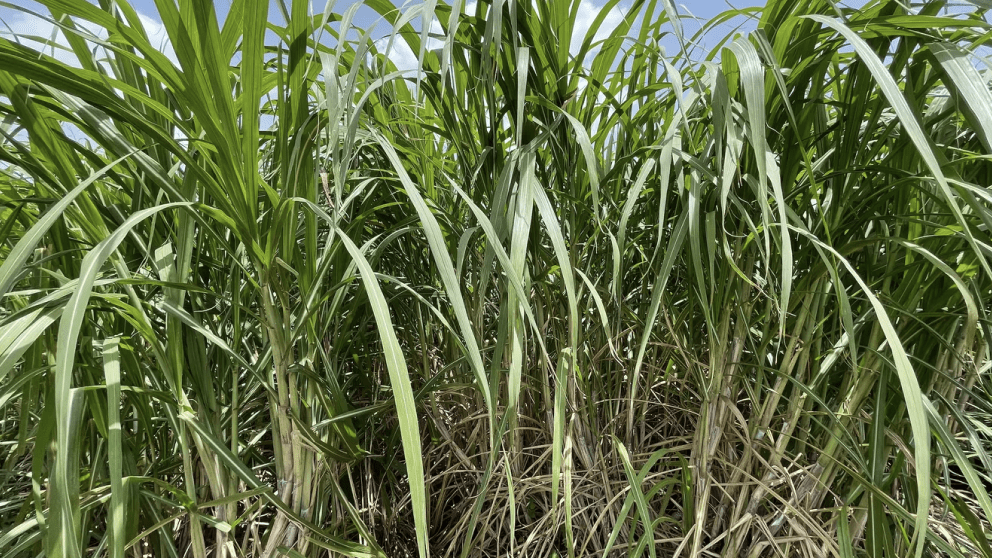
Sugarcane’s Sustainability
Sugarcane is a C4 plant, and there’s only 3% of the species that are the most efficient in doing photosynthesis and capturing carbon.
“For us, being sustainable is critical. And we do it throughout the farm and the operation. Not only that, we’re working with one of the more sustainable crops in the plant kingdom,” Luzuriaga said.
Being a C4 plant means that during the plant’s photosynthesis, there are four carbon compounds that are produced which helps with its energy-saving mechanisms.
Florida Crystals is using the power of the plant to physically process it. Part of the cane is able to convert into enough energy to power their sugar operations (milling, refining, packaging and distribution) as well as the equivalent of 60,000 Florida homes.
“By squeezing that cane several times, we separate the juice and what’s left over is what we call the bagasse. It’s the fiber,” Luzuriaga said.
The fibrous material left behind in the sugarcane harvesting process is a source of energy that goes into Florida Crystals’ largest biomass cogeneration facility in the U.S.
“We produce electricity. That bagasse heats the steam, and the steam moves the turbines that produce electricity,” Luzuriaga said.
That electricity is then used throughout their complex where they process the cane. While processing cane, Luzuriaga said they have almost zero waste, and whatever is left over is composted.
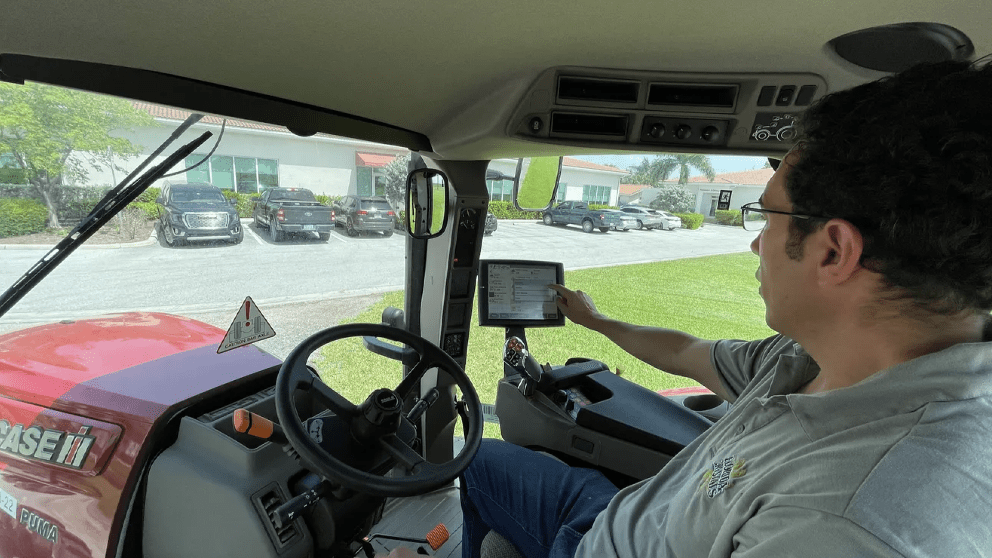
Water Efficiency
Florida Crystals controls their own water canal system, mainly filled with rain and some from neighboring Lake Okeechobee.
They operate nearly 3,000 miles of internal canals that they move water within inside their farm. If they have too much water, they can move some into some of the 7-to-10 acres of rice field.
Luzuriaga explains how they irrigate the fields.
“We take the water, put it back into the canals and irrigate cane fields. And the way we do that is by moving the water table up or down. If we want to irrigate, we bring the canals up and the water slowly seeps to the roots, inside the field. We don’t put it on top of the field, just below the surface of the field,” he said.
Luzuriaga said they find it to be more efficient as they don’t lose any water to evaporation by using a sprinkler system.
Animals’ Roles in Sustainability
About eight years ago, Florida Crystals looked for alternatives to using rodenticides. So, they hired owls.
The company installed over 800 homes to welcome them to fly in. They say owls take on the night shift eating rats in the area. They’ve also installed perches to provide resting spots for birds like eagles to take on the day shift.
“A family of owls can eat about 2,000 rats per year, so they’re really hungry birds,” Luzuriaga said.
Florida Crystals hopes to host 2,000 homes for the owls going into the end of the year.
